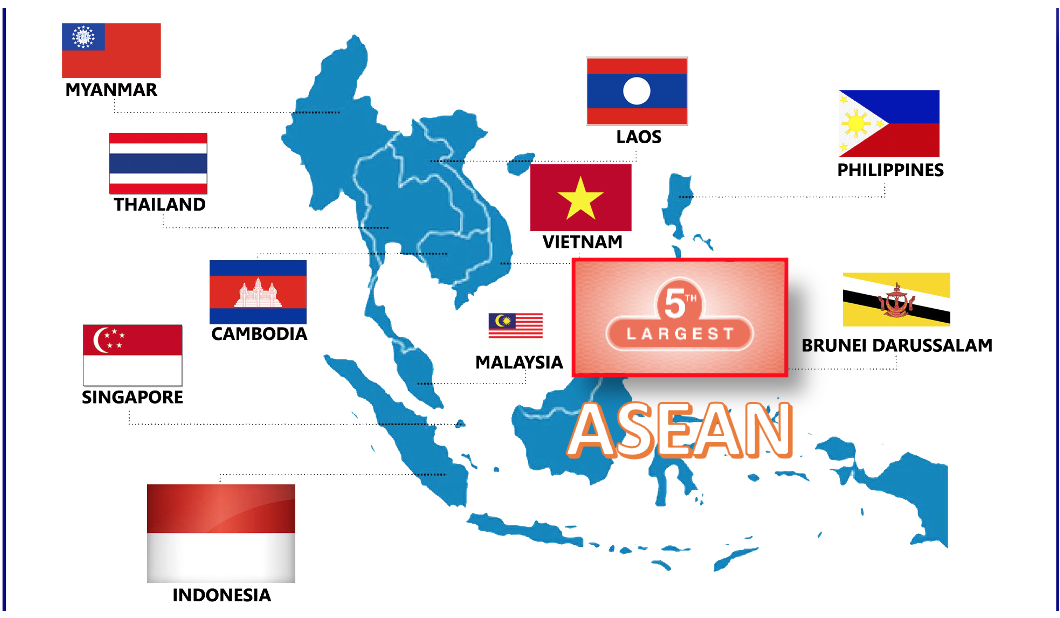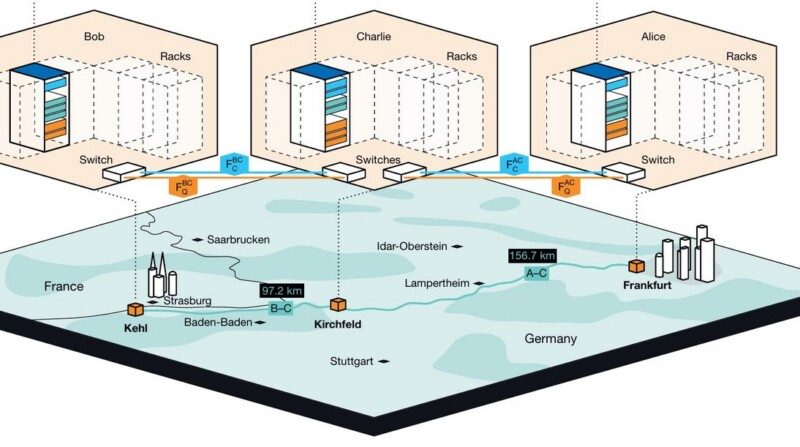When you think of economic powerhouses in Southeast Asia, your mind might first jump to sprawling archipelagos like Indonesia or the bustling manufacturing hubs of Thailand. Yet, the latest data reveals a compelling narrative: Singapore, the region’s smallest country by land area, has once again asserted its dominance, topping the list of Southeast Asia’s 500 biggest companies by total revenue. This isn’t just a quirky anomaly; it’s a testament to a carefully cultivated economic environment that continues to yield impressive results.
A Small Nation, A Big Impact on Revenue
Recent reports on the Fortune Southeast Asia 500 list highlight Singapore’s remarkable achievement. While the city-state ranked fourth in the sheer number of companies featured on the prestigious list, its 81 entries collectively raked in a staggering US$637 billion in revenue last year. This figure represents an impressive one-third of the entire list’s total revenue of US$1.8 trillion, nearly doubling the revenue generated by companies based in Thailand, which came in second.
This performance isn’t a flash in the pan. Singapore’s consistent ability to attract and foster high-revenue businesses speaks volumes about its strategic positioning and robust economic infrastructure. Despite its limited geographical footprint, the nation has transformed itself into a global business and financial hub.
The Heavy Hitters: Who’s Driving the Revenue?
So, who are these titans contributing to Singapore’s impressive lead? At the forefront is Trafigura Group, a commodities trading giant headquartered in Singapore. For the second consecutive year, Trafigura claimed the top spot on the overall Southeast Asia 500 list, reporting a colossal US$243.2 billion in revenue in 2024. This single entity alone accounts for a significant portion of Singapore’s total.
Beyond commodities, Singapore’s financial sector also shines brightly. Its three major banks – DBS, OCBC, and UOB – were not only heavily represented but also distinguished themselves as the most profitable companies in the entire region, despite not holding the highest individual revenues. This underscores the health and efficiency of Singapore’s banking system. Agribusiness powerhouses like Wilmar International and Olam Group further solidify Singapore’s diverse economic strength.
Beyond the Numbers: Why Singapore Excels
Singapore’s success isn’t simply a matter of having a few large companies. It’s the result of a deliberate and sustained effort to create an environment conducive to high-value business operations. Here are a few key factors:
- Strategic Location and Connectivity: Singapore’s position at the crossroads of major shipping lanes and air routes makes it an ideal gateway to the broader Asian market. This connectivity facilitates trade and logistics, crucial for companies with extensive regional and global operations.
- Favorable Business Climate: The nation consistently ranks high in global indices for ease of doing business, regulatory transparency, and political stability. This predictable and supportive environment attracts foreign direct investment and encourages corporate growth.
- Skilled Workforce: Singapore has heavily invested in education and talent development, producing a highly skilled and adaptable workforce. This intellectual capital is a major draw for companies seeking to establish their regional headquarters or innovation centers.
- Innovation and Technology Focus: The government actively promotes innovation and digital transformation, creating a fertile ground for tech companies and those looking to leverage cutting-edge solutions.
Looking Ahead: Sustaining the Momentum
While Singapore’s achievement is impressive, the global economic landscape is constantly shifting. The region as a whole is experiencing dynamic growth, with other countries like Indonesia and Thailand also demonstrating significant corporate presence on the Fortune list.
Singapore’s challenge, and its continued opportunity, lies in maintaining its competitive edge. This means sustained investment in infrastructure, nurturing new industries, and adapting to emerging global trends. The city-state’s ability to consistently punch above its weight class serves as a compelling case study for smaller nations aiming for substantial economic influence. It proves that size isn’t everything when it comes to generating significant revenue and making a substantial impact on the global stage.



